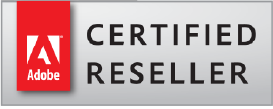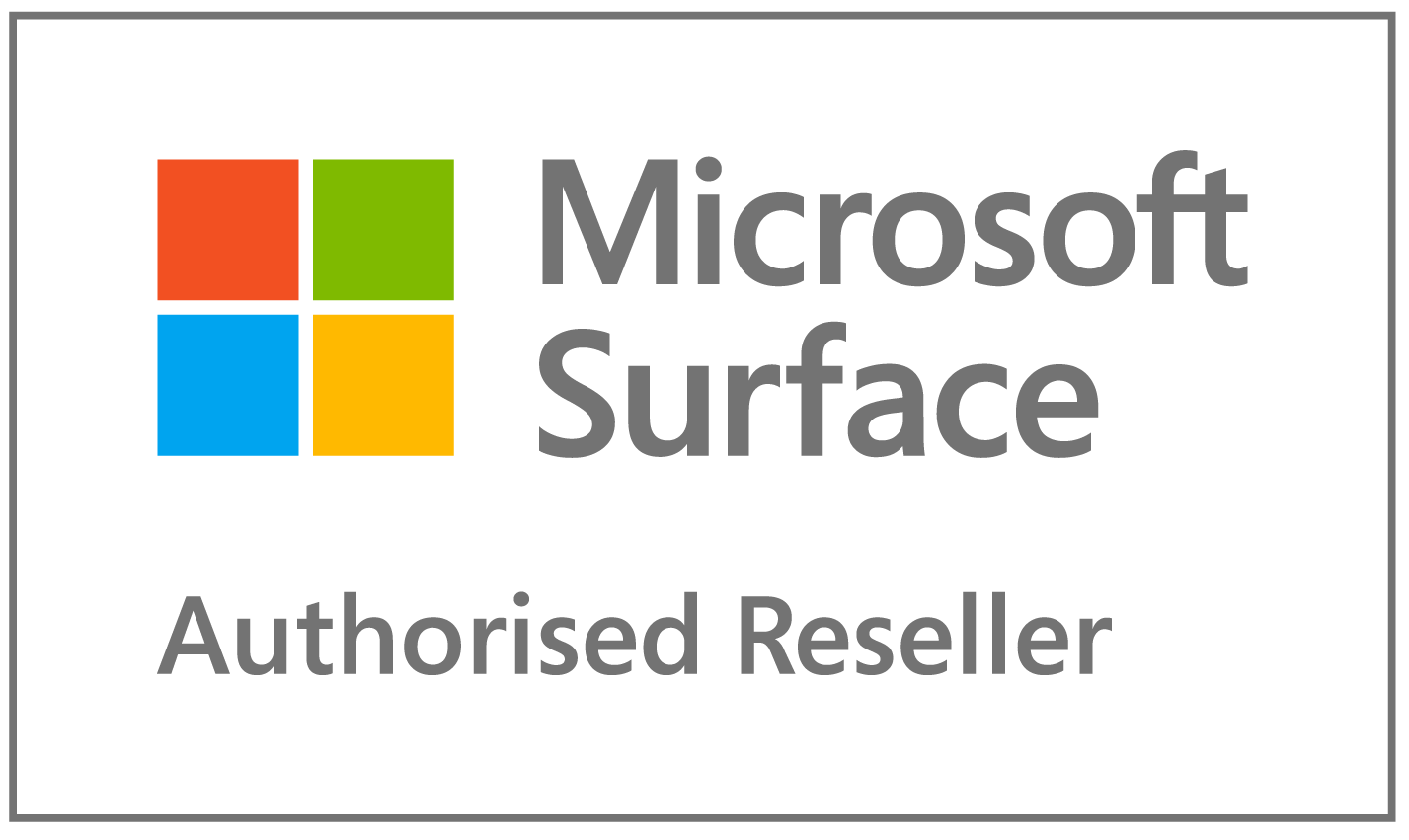Finder is OSX’s tool and starting place for organising your files on your Mac OSX system.
While we could write pages on the various ways to use it and tips and tricks to help you along the way (don’t worry, we will cover everything eventually), this article focuses on the Icon view, and getting the most from it.
The Icon view provides a visual way of working, offering less info than the detailed mode, but a workable preview of images, documents etc. Icon mode is also the Desktop’s only file and folder view mode, and so can become quite important to some peoples workflow and can change the look and feel of the Desktop entirely.
Icon view is the first option of four, located near the top left of Finder, click it as below:
This gives you the few options that are available for customisation including the arrangement options usually available via the right-click menu. Observe the little Show Item Info check box under the text options – click that checkbox so your icons will indeed display more info, like the size of a file, dimensions of an image, the amount of items in a folder.
Changing the Icon Size, Grid Spacing and text size and orientation will greatly change the view and feel you have: we’ve seen everything from enormous icons with larger text for media machines on projectors or TVs and smaller icons for those with smaller displays. Super sized icons:
More sleek look with text on the right:
You can assign these options per folder individually or assign them as defaults with use of the ‘Use as Defaults” button on the bottom of the option box.
Changing the Icon image:
In order to personalise the Desktop or Finder you’re working on/in, you can always make use of custom Icon’s to bring it alive.
While Lion and Mountain Lion may have lost the colour and custom icon functionilaty from the Finder side bar, a different and interesting icon will still stand out clearly on the Desktop or Finder in Icon mode.
To change the icon from the standard Folder icon, right-click on the desired folder and select Get Info (CMD + I).
Be sure to click on the Folder top left of the Info panel so that it’s highlighted as below:
Either one of these methods will work from here:
Using Get Info:
Right-click on the intended icon image, Get Info and highlight as above. Hit CMD+C to copy into clipboard. Then, highlighting the desired target, as above, press CMD+V to paste the icon image on to the target folder.
Using Preview:
If the above doesn’t work, open the desired file with Preview (I was working with a PNG this time around). Within Preview, click Edit -> Select All (CMD+A) then Edit -> Copy (CMD+C) to cop[y the image into clipboard. Then as above, highlight the desired target folder within Get Info, press CMD+V to paste the icon image on to the target folder.
The result is a personalised icon that stands out…
…very much so on the desktop:
Finally – Happy Easter from all of us at Mac Aid. Have a great long weekend!!




















